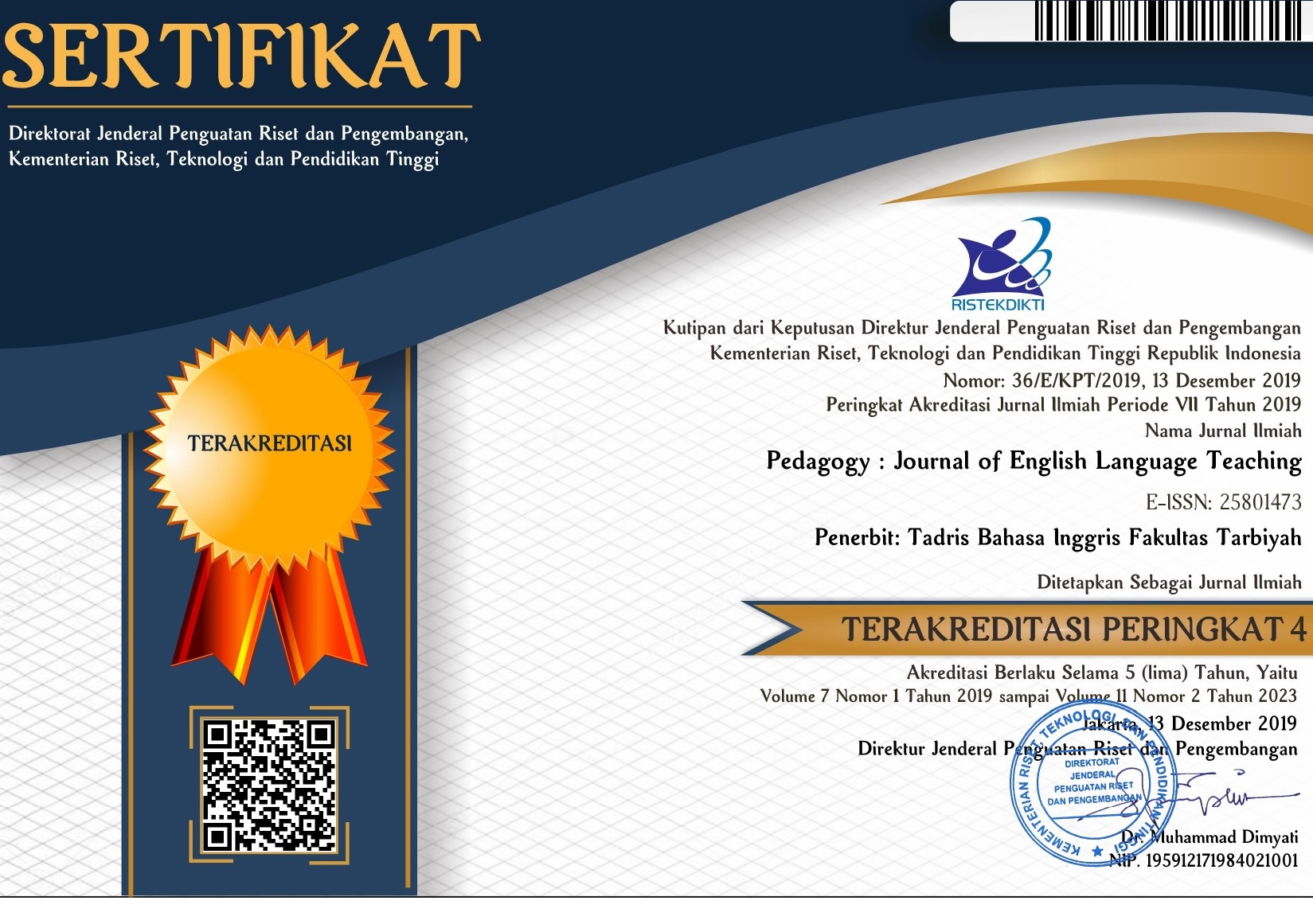Using Data-Driven Approach to Teach Descriptive Text: A Study in High School
DOI:
https://doi.org/10.32332/joelt.v10i2.5302Keywords:
corpus, data-driven learning, descriptive text, EFL learners, English teaching, online learningAbstract
This paper aims to describe how data-driven learning can be applied in English classes when teaching descriptive text to senior high school students. This study was a self-observation involving 24 high school social studies students. The data were obtained from observation of student activities during learning, and the tasks carried out by students were in accordance with the basic competencies of the descriptive text material. The data were analyzed by conducting sorting the data and analyzing the sorted data by codifying and reporting the data. The results of this study showed that the application of data-driven learning with communicative learning methods can make students more confident in their abilities during the learning process. The use of data-driven learning is expected to increase students' motivation and learning abilities, especially in the field of writing.
















